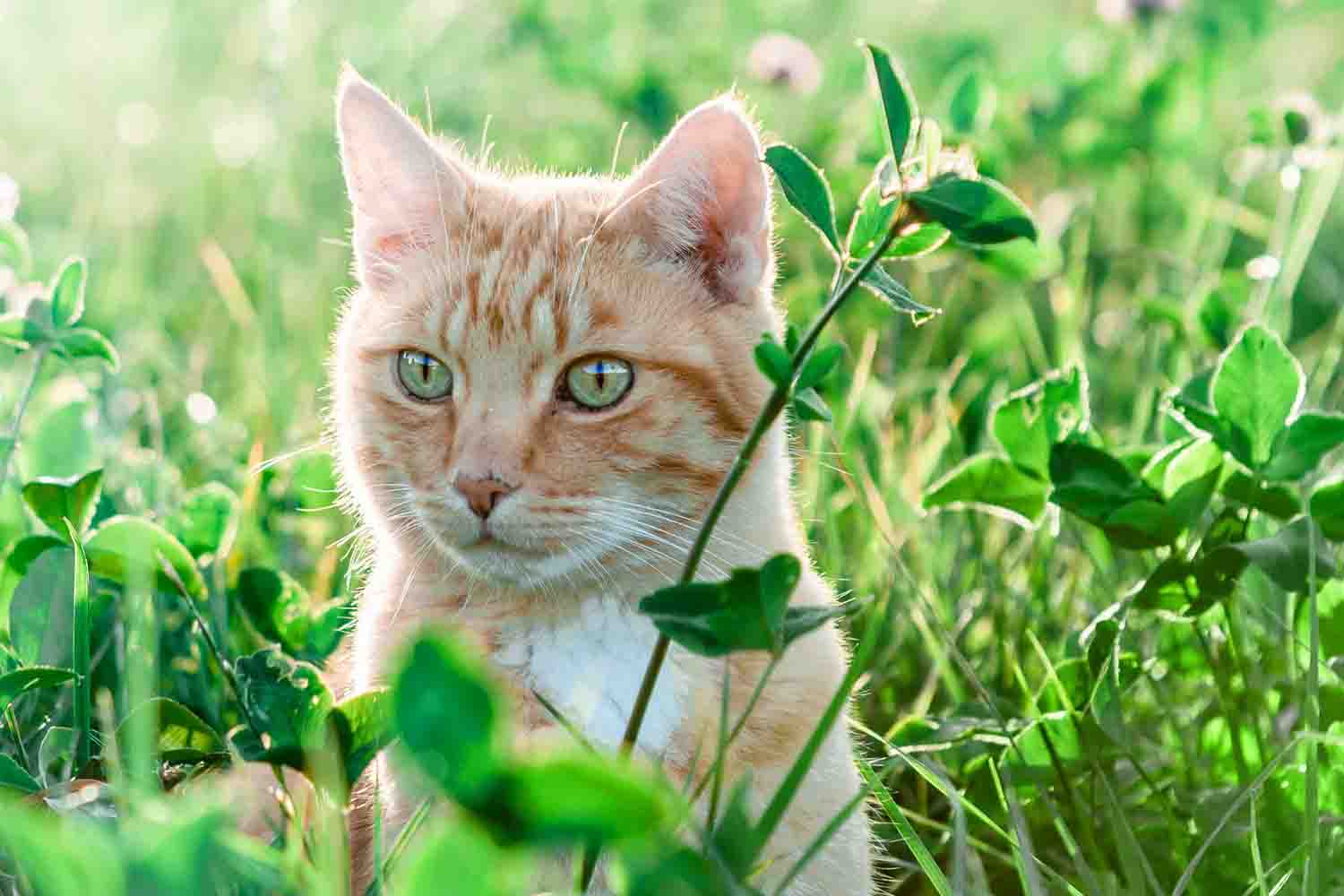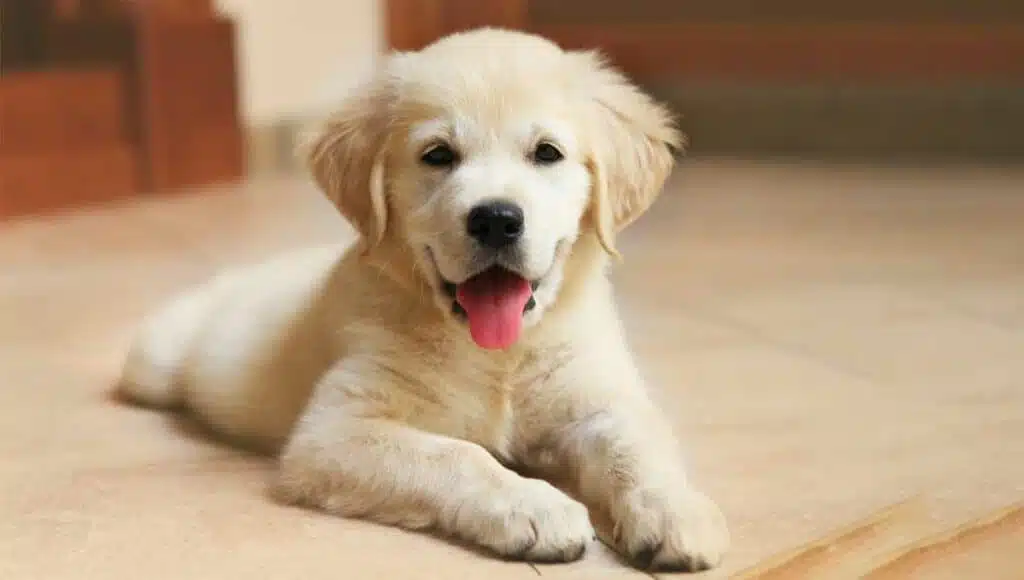Dog
How to Introduce a New Puppy to Your Dog: The Basic Checklist
Many pet parents are anxious about introducing a new puppy to their dog. New puppies can be so much fun, but they also have the potential to cause chaos in your home. It’s important to have realistic expectations and know that it is completely normal for your dog not immediately be friends. Pups are still learning the social rules of the animal kingdom, so they may misread cues from other dogs or people in their pack. The best way is to maintain calm and teach them to respect each other. In this post, we talk about a checklist for transitioning the new puppy from the breeder’s home to its new home and then integrating it with other pets in your household. By following these steps you will have an easier time training the pup, as well as avoiding any unnecessary accidents!
Before You Bring Your New Puppy Home
- Place to Sleep
Make sure you have its puppy crate or cage set up. The new pet(s) will need a quiet space where they can rest undisturbed while you are away at work or school, so be sure to get it adjusted before bringing the new pup home! It’s best if your dog has been introduced to its crate prior to this time, but don’t worry if it hasn’t. We will touch on this soon.
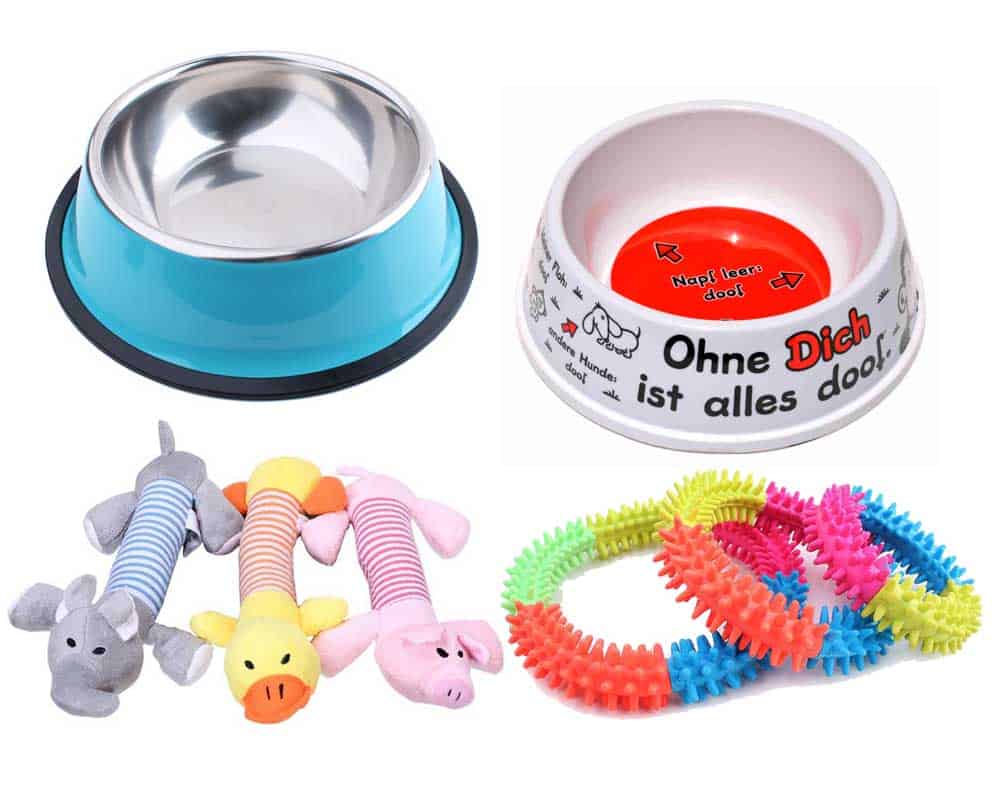
- Puppy Toys and Food Bowls
It is also important that you have a separate collection of puppy toys for the new pup to avoid any confusion between the dogs. New puppies can be quite rambunctious, so it’s best to have a place where they can play and burn off some energy without destroying your other dog’s belongings!
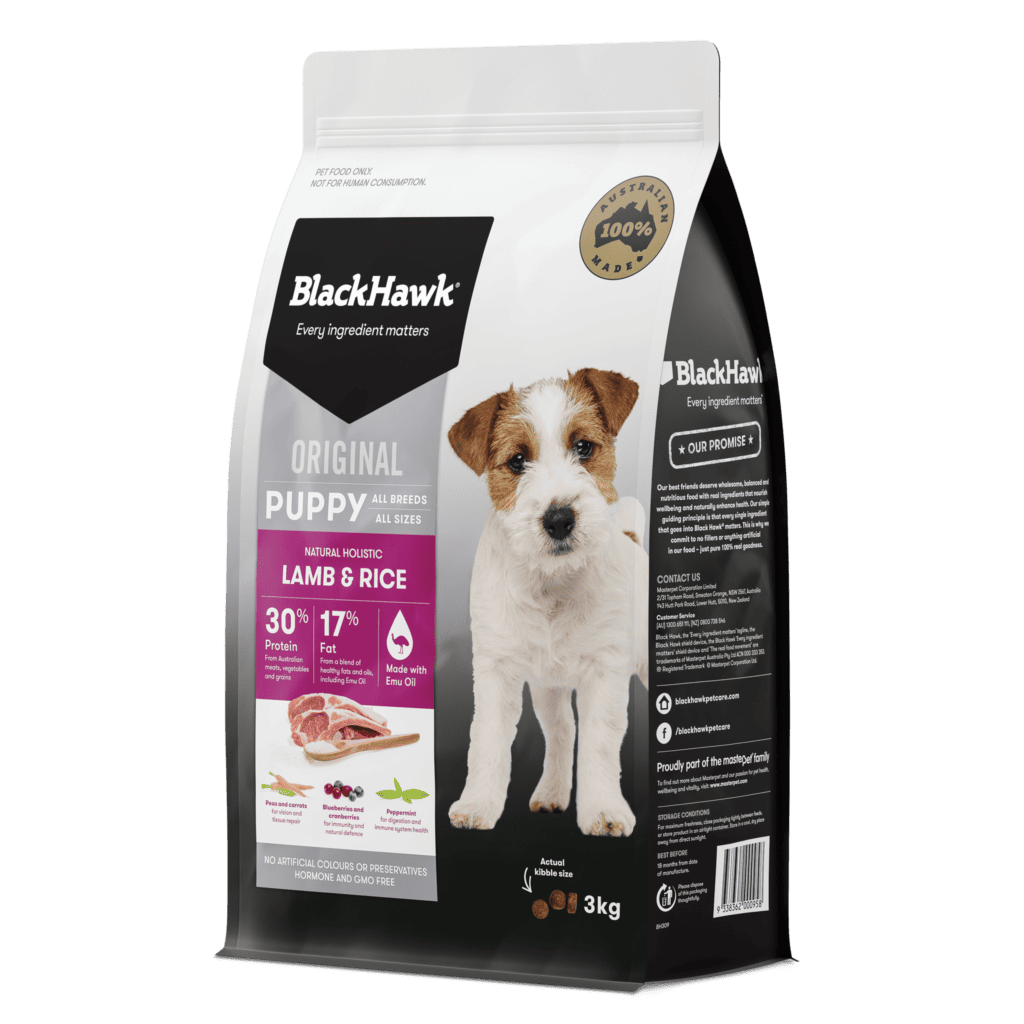
Puppy food is another important part that you should already have prepared. The New puppies have very specific dietary needs, so it’s important that you are well-versed in the proper food requirements before bringing your new puppy home! Your breeder will be able to provide you with a sample of the food they are already on! It is important that you gradually transition the puppy food from the breeders to the food you will be feeding it for life. The New puppy owners often get overwhelmed with everything that needs to be done and may forget this step, which can cause a lot of digestive problems in the pup! Look for nutritionally balanced puppy food such as Black Hawk Puppy Lamb & Rice.
- Older Dogs
Arrange to keep the existing dogs at home separated from the new pup. You need time to bond with the puppy so it feels safe and secure in its new home. New puppies can also be quite anxious, so it’s best to keep them from meeting your other dog until they are a little more settled. This will minimize the potential for aggression or dominance issues between dogs later on down the road! When you do finally let them meet, make sure you have an adult present with each animal at all times!
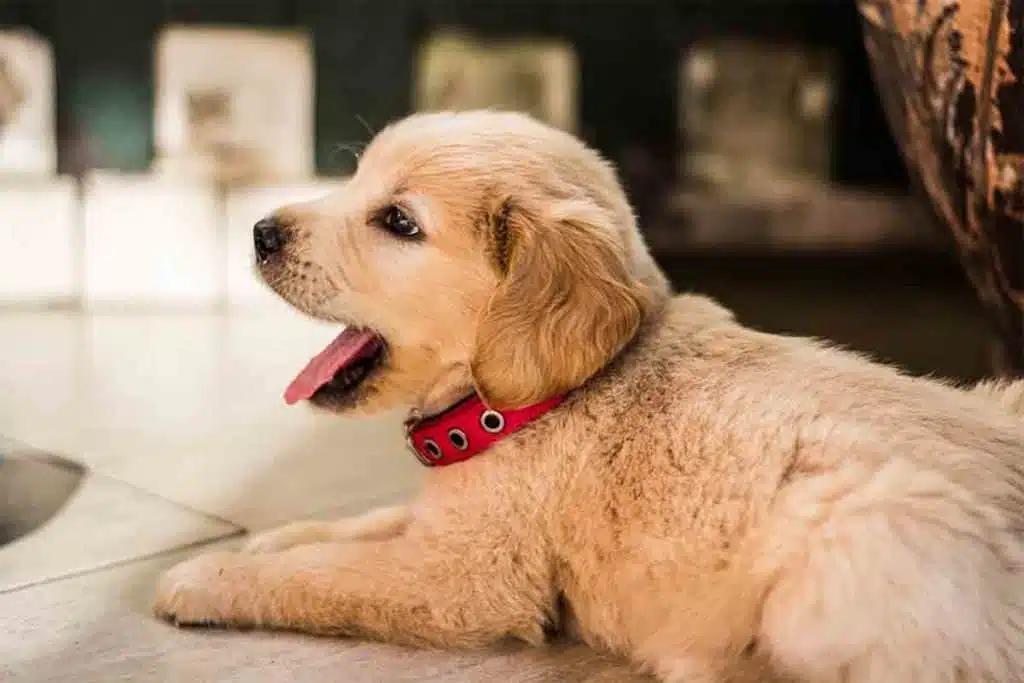
Introducing Your New Pup to Other Dogs & Pets:
Now that we covered the pre-meeting stage and established a space of their own outside of your existing pet’s reach, it is time for introductions! Here’s how to introduce your puppy or older dog for the first time.
- Both dogs must be on a dog leash. Preferably on a training collar so you have complete control over your dog. New puppies are often very wiggly and could easily wriggle out of a flat dog collar, so it’s best to avoid this around other dogs!
- Introduce them on neutral ground. It will help to reduce the risk of older dogs feeling like they need to defend their territory
- The older dog should be allowed to go investigate first if they seem interested in checking out their new friend without any signs of aggression; If all goes well, reward your dog with praise and maybe even a dog treat!
- It is important to remember not to go overboard when first letting pets meet one another. Allow them time to sniff around and get used to each other’s scents
- Continue to give pet treats intermittently for good behavior (no growling, snarling.. etc)
- If the older dog is not interested, try again another time. New puppies can be very overwhelming to an adult pet and they may just need more time to process their new friend!
At this stage, you are well aware of the body language and dynamics of your older dog towards the new puppy. If at any point they show signs of aggression, it is important to separate them immediately and consult a professional trainer.
If you find that your older dog is not warming up to the new puppy after several attempts, try introducing it through a fence or baby gate! New puppies will need time to adjust as well before going back into the “dog world”. It may take some time for both dogs to learn how to properly behave with one another in this type of setting, but be persistent! Your pets deserve happiness too 🙂
For more tips on training your pup check out our blog post here: How To Train A New Puppy? The Ultimate Guide. Thank You so much for reading my article about How To Introduce Pup To Old Dog!


